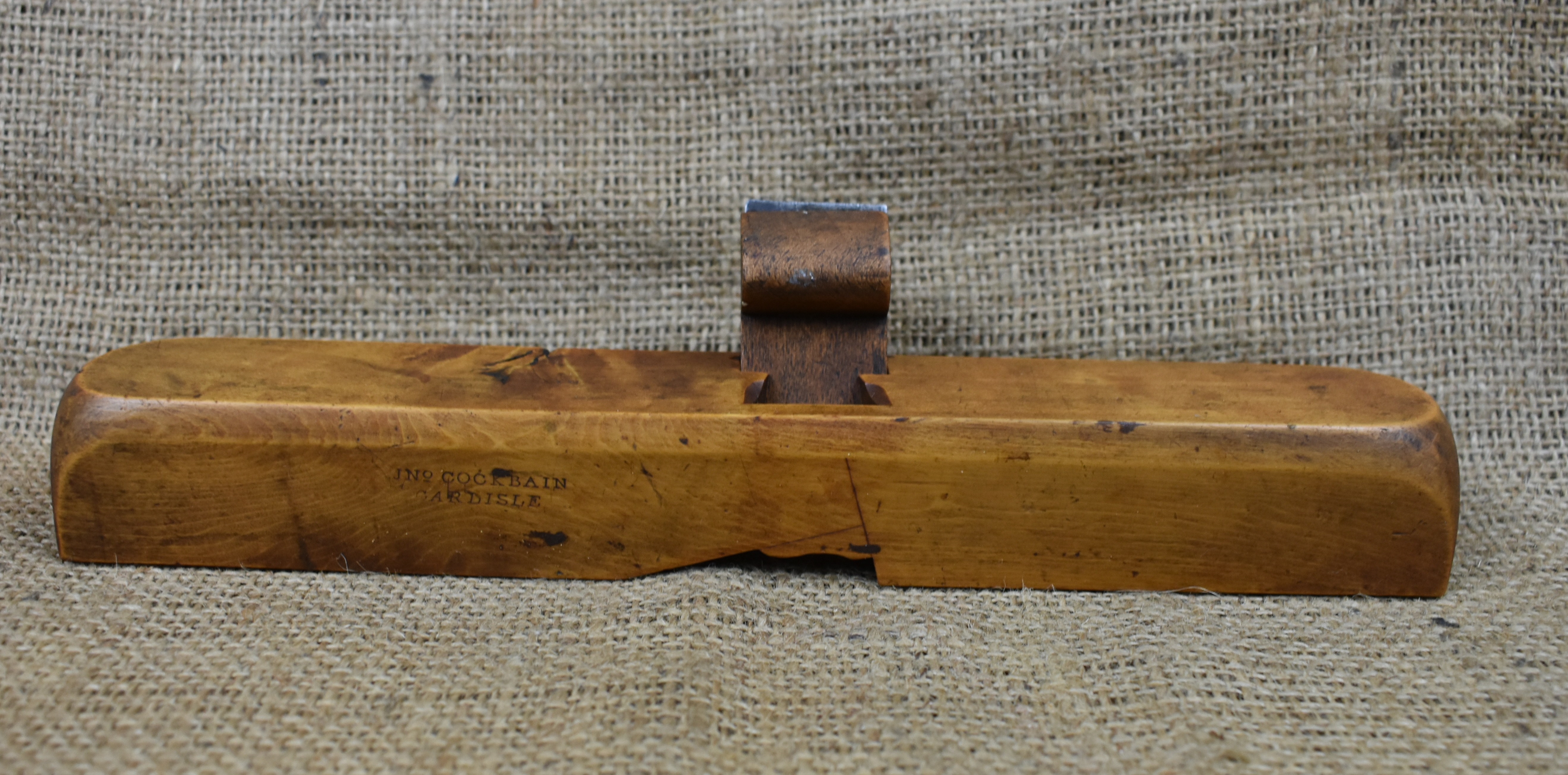Boringgeoff
Seedling
- Joined
- Nov 22, 2021
- Messages
- 27
- Reaction score
- 0
Hi all, first up, let me say I have no idea what I'm talking about here, but.........
A friend of mine has a pretty extensive collection of spokeshaves which, I must say, he certainly knows how to use. Some are called Ovoloes and some Gothic but both cut the same profile and he was wondering what is the origin of these names for two similar tools? One example has Preston branded cutters, the other Mathiesons. Sorry I've no photo's but those of you who know the answer won't need any.
Cheers,
Geoff.
A friend of mine has a pretty extensive collection of spokeshaves which, I must say, he certainly knows how to use. Some are called Ovoloes and some Gothic but both cut the same profile and he was wondering what is the origin of these names for two similar tools? One example has Preston branded cutters, the other Mathiesons. Sorry I've no photo's but those of you who know the answer won't need any.
Cheers,
Geoff.












